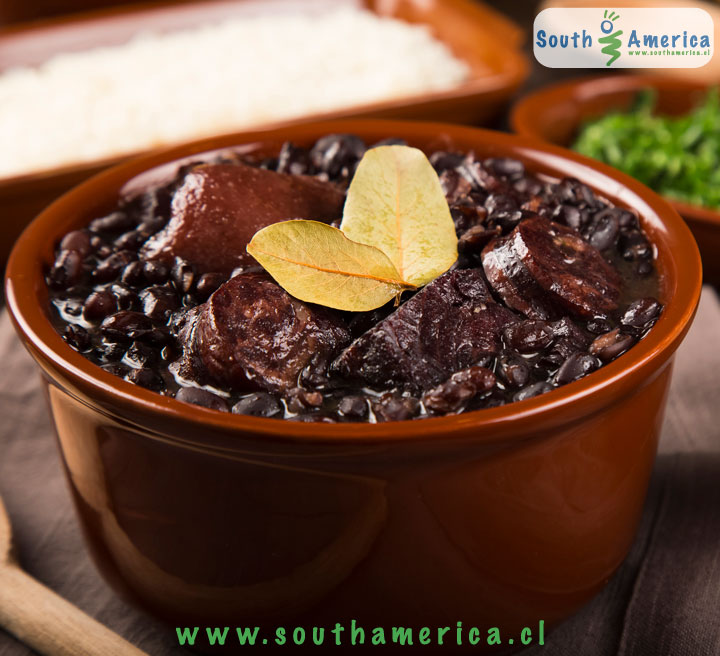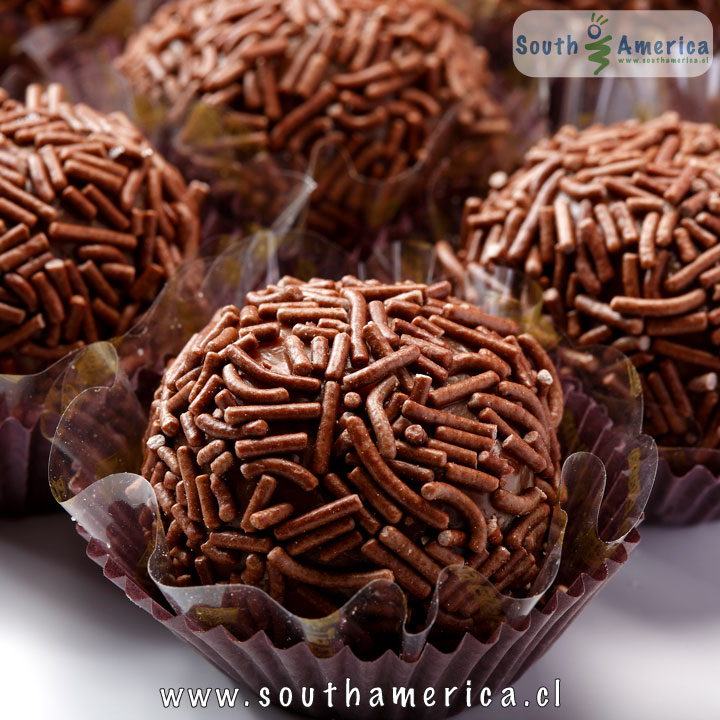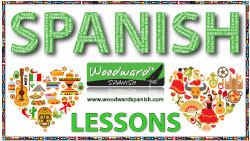Typical Brazilian Food
Brazil

A great thing we found about Brazil is that you can find places that sell food by kilo. It's like a buffet where you choose what you would like to eat, pile it onto your plate which is then weighed to see how much it costs.
Since Brazil is such a huge country, it is almost impossible to list all of the typical food found in it. Below are some of the most common dishes and food that you will find:
Acarajé: Made with black-eyed peas that are rolled into balls and then deep fried in Palm Oil. It is then typically stuffed with shrimp, peanuts and some other ingredients depending on the region. It is typically found in the north of Brazil, especially in the city of Salvador.
Churrasco: has many different meanings throughout South America, but in Brazil it simply refers to a barbeque, which is almost comprised of large chunks of meat cooked on skewers. When in Brazil you may want to visit a churrasqueira, a restaurant that has all-you-can-eat barbequed meat, sometimes served impaled on swords.
Coxinha: a common snack in Brazil which is minced chicken shaped like a drumstick and deep fried in batter until golden brown. (Watch out! Sometimes there is a toothpick placed inside to represent where the bone should be)
Feijoada: Considered the national dish of Brazil, this is a thick stew of black beans with pieces of beef and pork added to it. It is traditionally prepared in a clay pot. Feijão is Portuguese for Beans. (Photo at the top)
Fruit: Brazilians all eat a large amount of fruit that mainly comes from the Amazon. The range includes but is not limited to: mango, guava, cashew fruit, pineapple, passion fruit, orange and plum.
Meat: The beef in Brazil is top quality, and is almost always prepared grilled with only a small amount of salt to bring out the flavor. Fancy cooking is not necessary.
Moqueca: Is a seafood stew made without adding any water. Different fish and shellfish are thrown together with a mixture onions, tomatoes,some garlic and Coriander). The recipe varies greatly depending upon location but in general, the option for liquid include palm oil and coconut milk or olive and soy oil. It simmers for hours in a traditional clay pot and becomes a viscous liquid, sometimes so that your spoon will stand up right.
Pamonha: This is a corn and milk paste wrapped in a corn husk and boiled. In some areas of Brazil you can find it prepared with coconut milk. It is similar to humitas in Chile.
Pão de queijo: These bread rolls are found throughout the country and are prepared in the home and also served at restaurants. If you don't have time to make your own you can also find them in the supermarket freezer section. It is a simple roll with cheese and accompanies most meals, especially breakfast.
Picadinho de Jacaré: Found predominately in the Northern Amazon region, it is a traditional indigenous meal made from alligator meat.
Pizza: In Southern Brazil pizza is often served in gourmet restaurants with high quality ingredients, where as in the north, where they lack strong Italian influences it is commonly eaten with ketchup and sometimes even mustard or mayonnaise. Dessert pizza are also common in Brazil with toppings like chocolate, bananas, guava jam and cinnamon.
Roupa Velha: (literally means Old Clothes) shredded dried meat normally served with rice and mandiocas.
Vatapá: originally from the the north of Brazil, this is a creamy dish made from bread, shrimp, ground peanuts added to coconut milk and palm oil. It is usually served with rice.

Desserts
Desserts are always a delight no matter what country they come from. Here are some of the more typical ones from Brazil:
Arroz doce: A simple rice pudding, it is made with cinnamon and can be served as a simple dessert or sometimes alongside a meal.
Bolo de Rolo: This is a thin sponge cake rolled in to a log with a filling of Guava.
Brigadeiro: Probably the national dessert of Brazil they look like balls of chocolate similar to truffles. A thick mix of condensed milk, butter and chocolate powder is rolled into small balls and cooked. Once cooled, they are covered in chocolate sprinkles like a truffle. They are named after a Brigadier that helped stop a communist coup in Rio. They are incredibly yummy and I can see why they are so popular in Brazil!
Canjica: (called Mugunzá in the North of Brazil) a porridge cooked with milk, sugar and cinnamon. In the north of Brazil coconut milk is used.
Cuscuz branco: Tapioca pudding cooked in coconut milk with sugar. Yum!
Goiabada: A guava paste that is made with sugar and water, it is normally served with cheese. This combination is called Romeo and Juliet by many, although we can't seem to find out why.
Papo de anjo: A mixture of egg yolks and whites, mixed separately, and then baked in muffin tins. Afterwards they are boiled in syrup and then coated in rum, vanilla or flavored with orange peel.
Did you know...?
Did you know that avocado is considered a sweet in Brazil so don't be surprised if you see Brazilians dipping them in sugar or in your dessert.
What next?
Try our interactive game about Typical Brazilian Food. How many dishes can you get correct?
See our guide to Typical Brazilian Drinks
If you found this Typical Brazilian Food Guide interesting or useful, let others know about it.




